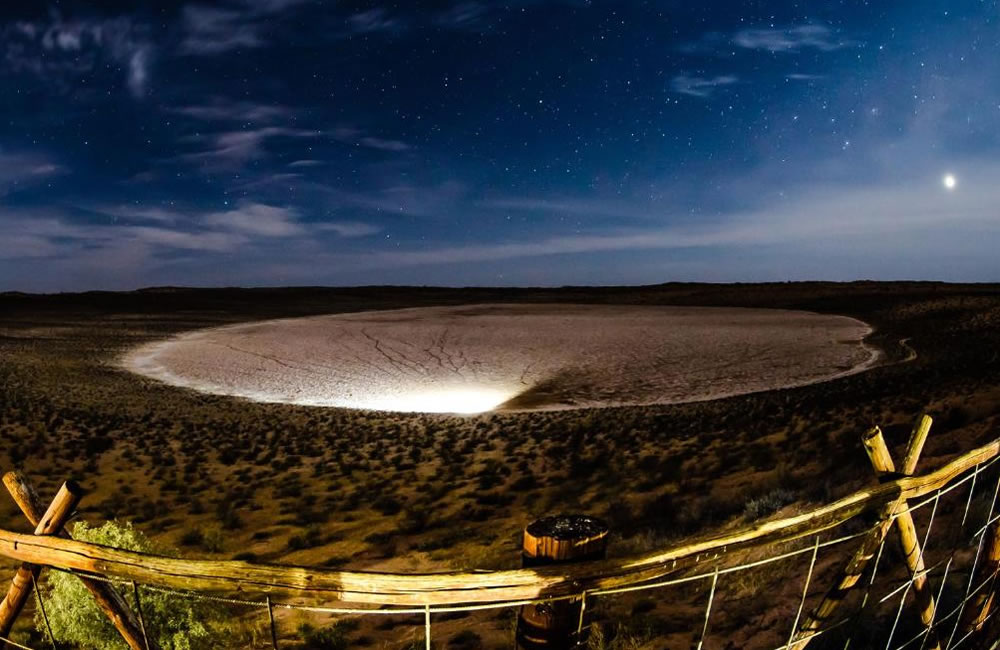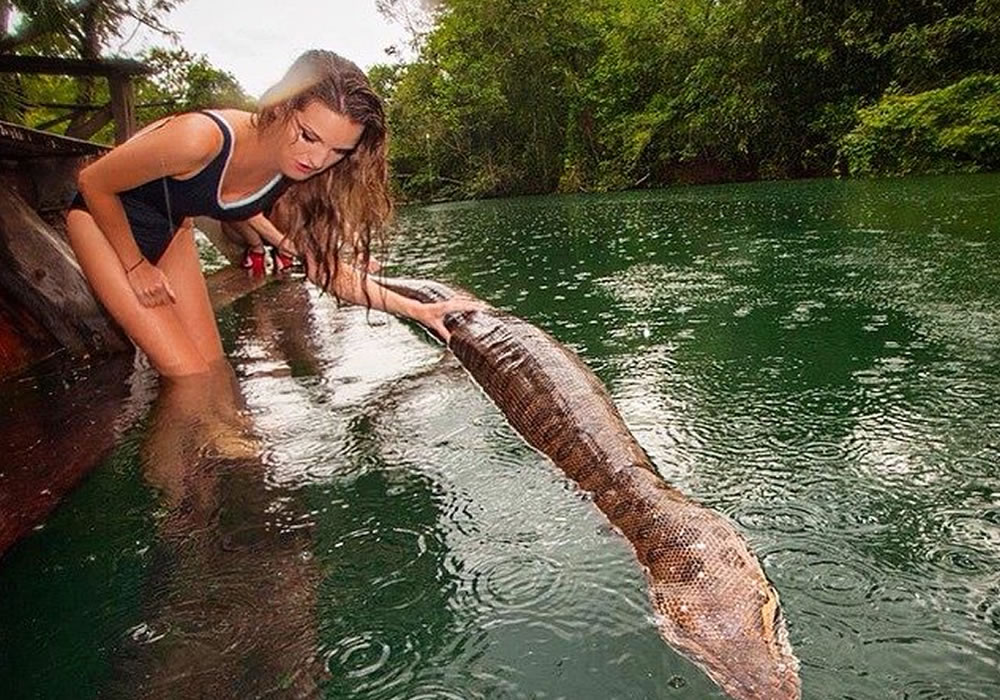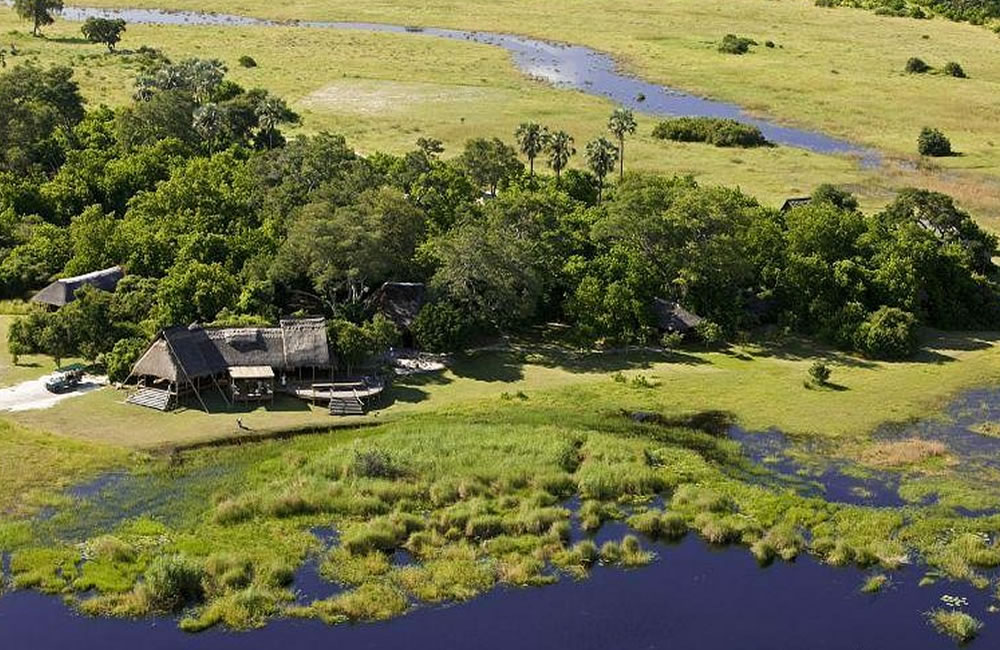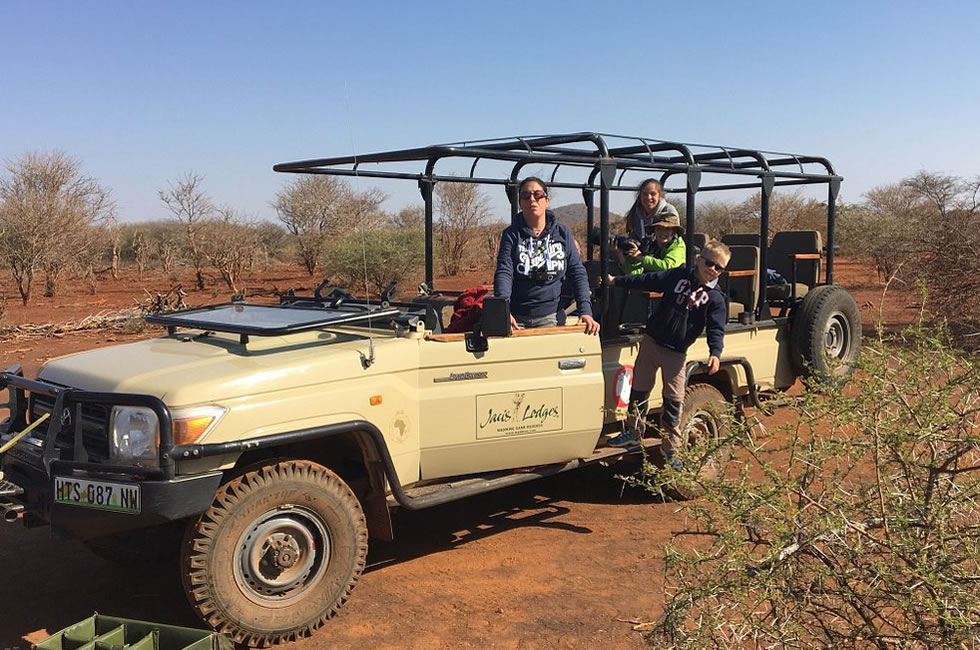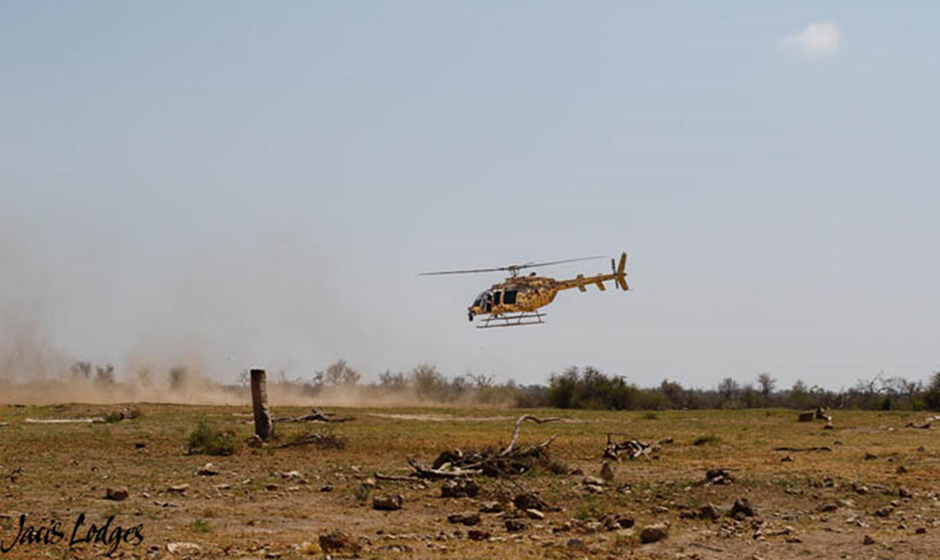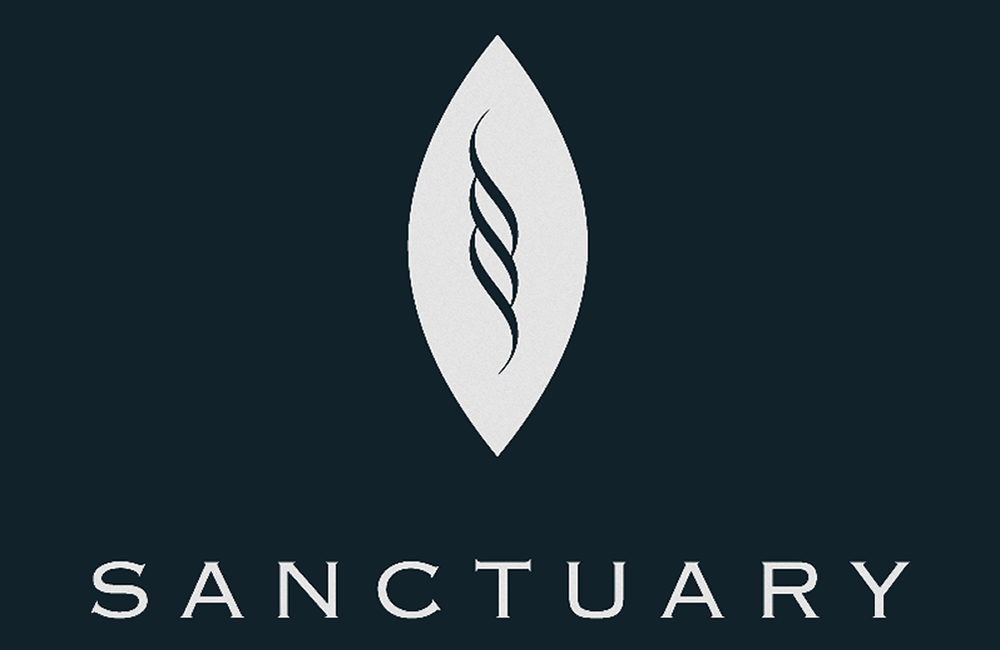Catherine Capon is a naturalist and adventurer who is passionate about responsible tourism.Thank you for joining us here at Justice Travel for our first Wilderness Week.
Can you tell us a little bit about your background and how you became an eco-adventurer?
My background is in ecology and zoology but I have always been interested in communicating science to non-scientists. This desire has seen me working in wildlife filmmaking, sustainability consultation and conservation journalism. However, it was my time working with Sam Branson at Sundog Pictures that really solidified the importance that tourism plays in the conservation of endangered species. People travelling to see wildlife brings money into the local community and the residents therefore value wildlife more alive than dead (via poaching, bushmeat, illegal fishing or habitat destruction for agriculture). I therefore decided to start a not-for-profit campaign to promote ecotourism and wildlife watching destinations around the world. Rather than seeing ecotourism as something for middle aged couples with sandals and binoculars, I wanted to also excite the younger generation about the adventure activities that wildlife watching entails. So far, I have shared the water with a green anaconda, rock climbed with marmosets, been metres from a Bengal tiger and swum with great white sharks! I’ve just started a YouTube Channel to follow my adventures too.
You have just returned from India, what were your highlights?
My last ecoadventure was in India where I visited Ranthambhore National Park to see the tigers and Kaziranga National Park for the India Rhinos. The two destinations differ vastly and it was great to have the contrast on a 2 week trip. Ranthambhore is hot and dry in March which is perfect for tiger watching as they go to the watering holes to drink. Each safari is hugely exciting as seeing a tiger isn’t guaranteed so tracking their footprints is a thrilling process. We were also lucky enough to see three leopards during our stay which is very unusual as they are extremely illusive in the area. Kaziranga is green and lush in comparison with far fewer tourists. The Indian Rhinos’ story is a phenomenal conservation success. In 1903, there were only 15 left in the area. Now, the population is comprised of over 2,000 individuals and we saw countless rhinos on our ecoadventure. Kaziranga highlights also included with Western Hoolock Gibbon which is the only ape in India and the incredibly rare Ganges River Dolphins. If you subscribe to my YouTube channel, you’ll see films of both destinations.
How do you choose your destinations?
As I’m looking to engage travellers who are new to ecotourism and wildlife watching, I tend to choose destinations with really charismatic animals. The hope is that someone might be initially enticed by the orangutans in Borneo for example, but will then be moved by all of the other animals that live in the forests too. With regards to accommodation, I look for sustainable businesses that use renewable energy, local products and employ local people.
What makes a great eco-resort?
For me, a great eco-resort is one that encapsulates life in the community that you’re visiting. This may mean that tourists have to adapt to new types of food, accommodation and customs but you’ll definitely have a story to tell when you get home. The resort should have as little impact on the environment as possible with local people benefitting from the business.
Do you have a favourite wildlife destination/s?
I’m often asked which is my favourite wildlife destination and it’s the hardest question to answer. However, Madagascar exceeded all of my expectations and I’d visit again in a heartbeat. Due to its evolutionary history, the flora and fauna on this island are like nowhere else on the planet. With 107 species ofLemur (20% of the world’s primates), Baobab trees straight from a fantastical Disney animation, mysterious Tenrecs that resemble an otter-hedgehog hybrid, and the world’s smallest species of reptile; wildlife watching here is a truly unique experience.
However, 30,000 hectares of forest are being cut down each year in Madagascar and, if this rate continues, there will be no forest left within 25 years. Ecotourism is a viable way to make the forests worth more to the local people than turning them into agricultural land. If the Malagasy people can make a good living from guiding tourists through the forests and showing off the besotting animals it hosts, they are far more likely to protect them for many more generations.
Why is responsible ecotourism important?
People have and will always travel. Travelling itself has consequences for the planet but if you compound that impact with staying at an environmentally unfriendly mass tourism resort then a 2-week holiday has a big impact on the local area and the wider ecosystem. Choosing sustainable accommodation and immersing yourself in nature during your time off work will mean that you’ll have a much deeper respect and understanding of the place that you’re visiting. At its best, ecotourism provides employment for local people and puts a real value on areas of outstanding natural beauty. Ecotourism has also been scientifically proven to benefit wildlife conservation.
Where can we expect to see you next?
During my campaign so far I’ve travelling far and wide but I often get asked to explore ecotourism options within the UK. I’m heading to Alladale Wilderness Reserve in the Scottish Highlands next for a weekend of hiking, biking and wildlife watching. This reserve is reintroducing species that have previously been removed from the area like the Red Squirrel and the European Wildcat. The owner of the reserve, Paul Lister, also hopes to reintroduce wolves back into the United Kingdom after a long absence due to being hunted to extinction.
Catherine Capon – Bio
“Having always been bewitched by wildlife, I studied ecology and zoology at Imperial College London where I was fascinated by the theories but yearned to see these exotic creatures in their environment. My first wildlife expedition was to study bats in Honduras.
I slept in a hammock and waved goodbye to all the ‘necessities’ that I’d become accustomed to living in London. I learnt to live a very simple life in that cloud forest. It was here that I experienced my first moment of pure awe – sitting on a smooth rock in the centre of a clear stream with the midnight forest singing around me. Fireflies and bats were dancing over my head and the sheer happiness that I felt moved me to tears. That moment changed my life forever and I became fiercely protective of that forest. I became an ecoadventurer.
My life since university has seen me working in wildlife filmmaking and sustainability communication. Throughout this journey, I have kept the sense of purpose that overcame me in Central America. At every opportunity, I have travelled to a new corner of this planet to see the wildlife and how the people interact with the environment around them.
I’ve been lucky enough to visit places so beautiful that no photograph can truly capture them, and along the way, I’ve tried to encourage my family and friends to join me.
It was these travels, through work and pleasure, that inspired my mission to write about and photograph the top wildlife hotspots on the planet.
I hope that by doing this, other awe-seekers and ecoadventurers will awaken and unite to live more consciously with our planet.
The hard earned cash that you spend on your wildlife holiday makes those animals worth more alive than dead. At its best, ecotourism provides employment for local people and puts a real value on areas of outstanding natural beauty.”

